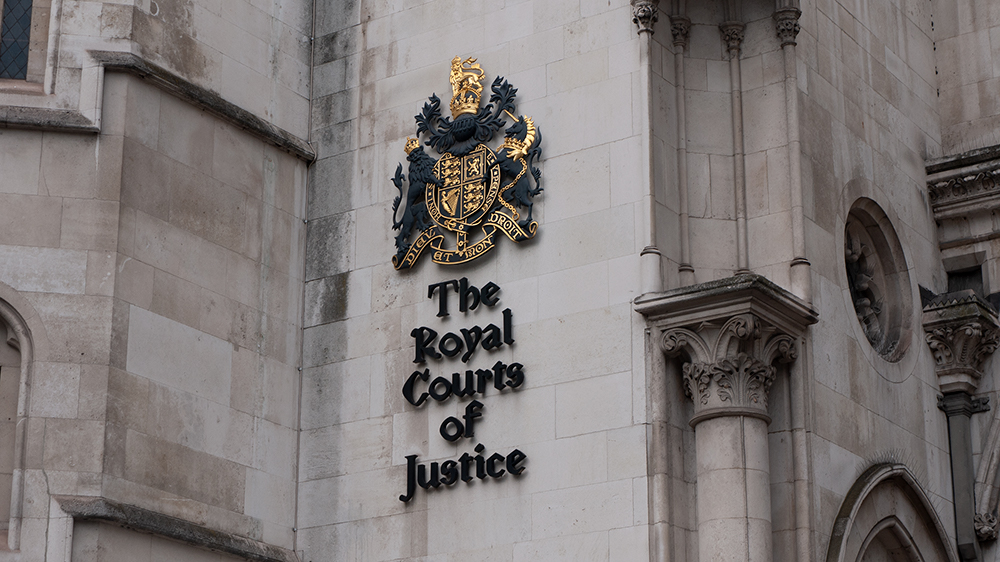English copyright judge finds writer of manufacturing software in breach of former employer’s copyright

A judge in the High Court of England and Wales has found that the director of a software company had infringed the copyright of his former employer after he founded his own company to carry on a similar business.

About this case:
- Citation:[2023] EWHC 581 (Pat)
- Judgment:
- Court:England and Wales High Court
- Judge:Mr Justice Zacaroli
It was alleged by PQ Systems Europe Ltd (PQE) and Productivity-Quality Systems Inc, an American company in common ownership with the first claimant, that Jeff Aughton, who had been employed by the first claimant from 1989 to 2015, had copied from software owned by them.
The case was heard by Justice Antony Zacaroli, with Jonathan Hill and Joshua Marshall appearing for the claimants. Mr Aughton, whose company Factoria Ltd was the second defendant, represented both himself and his company.
Hobby project
The claimant companies were in the business of developing computer software to assist in quality assurance in manufacturing, specifically statistical process control (SPC) software, although the first claimant ceased trading in 2015. The first defendant left PQE on 15 May 2015 and four days later set incorporated Factoria Ltd. Prior to his departure, in 2012, he had been subject to disciplinary proceedings after sharing code with a former employee of the company who had been fired in 2010.
It was contended by the first defendant that the program he had written, InSPC, was an entirely new program, although it had the same functionality as programs owned by the PQ companies, ProSPC, which Mr Aughton had also written. PQ became aware of InSPC when it was promoted in demo form in 2017, and subsequently had its solicitors write to Mr Aughton alleging breaches of copyright.
Mr Aughton denied infringement of copyright, contending that the copyright in ProSPC actually belonged to him, as he had written it as a hobby project outside the course of his employment. In any event, InSPC did not copy from ProSPC, either in its original form or in a later rewrite in a different programming language.
The claimants’ position was that Mr Aughton had written ProSPC on a work computer, and that the expert evidence demonstrated notable similarities between it and both versions of InSPC in decompiled form, the original source code for ProSPC and InSPC v1 having been deleted. Thus, copyright of ProSPC belonged to them and had been infringed by the conduct of the defendant.
Common functionality
In his decision, Justice Zacaroli said of the ownership of ProSPC: “Since writing SPC software was a core part of PQ’s business, Mr Aughton’s work in writing ProSPC was undoubtedly integral to that business. There are no specific terms of Mr Aughton’s contract of employment that assist either way, since until 2013 the contract appears to have been a very basic one. His position as ‘senior partner’ with at least some autonomy over the way he worked and the projects he worked on, however, means that the fact he was not directed to work on ProSPC by anyone else at PQ does not point away from it being done in the course of his employment.”
On whether InSPC copied from that code, he noted: “The experts are agreed that there are similarities in lines of code relating to the forms definitions, as between ProSPC, InSPC v1 and InSPC v2, and that this indicates a common functionality between them. Given the lack of ability to compare source codes, the existence of these similarities in functionality is consistent both with InSPC v2 being written by reference to a running version of InSPC v1 (which would not constitute an infringement) or by reference to its source code.”
He continued: “Mr Aughton would have made significant reference to the source code for InSPC v1 when compiling InSPC v2, notwithstanding that it was written in a different language. Having spent a very considerable amount of time writing ProSPC and InSPC v1, so that InSPC v1 was ready to be demonstrated to potential purchasers, it is surprising to say the least that he would have discarded the whole of his work product and started again from scratch, seeking to write a program with essentially the same functionality by reference only to the running version of InSPC v1.”
Zacaroli J concluded: “An innocent explanation for re-writing in C# would have been that he sought to start again in a new language precisely to avoid the claims of copying which had by now been made. If that were so, however, he would have been bound to keep the source code of InSPC v1 precisely to demonstrate he had not copied from it.”
It was therefore found that Mr Aughton had infringed the claimants’ copyright and additionally his contractual duties of confidentiality in writing both versions of InSPC.






